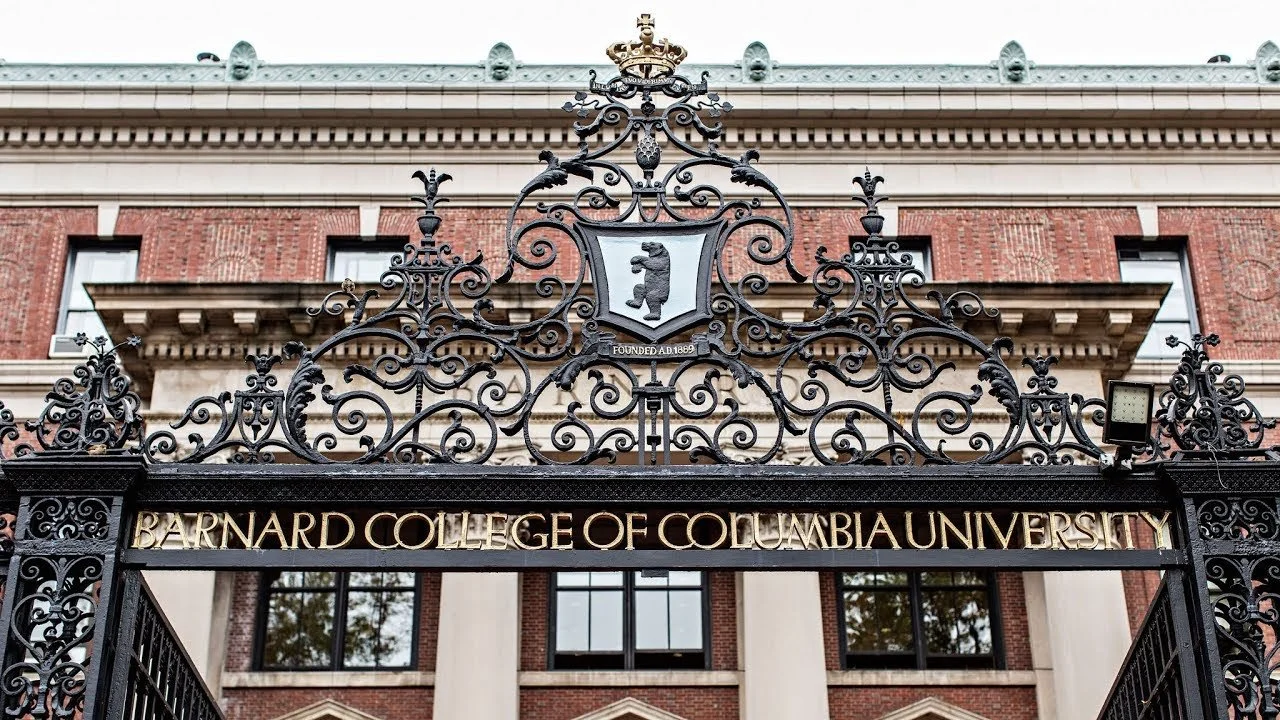A STEM Funder’s Latest Cause: Bringing More Experimentation to Classrooms
/photo: Monkey Business Images/shutterstock
When the executive director of a major STEM nonprofit started asking teachers about what challenges they faced, she didn’t expect the answer to hit so close to home. Again and again, teachers brought up that they felt frustrated and discouraged from experimenting with their teaching, in part because the possibility of failure, said Talia Milgrom-Elcott, the executive director of 100Kin10, a nonprofit focused STEM teacher training.
“It made me reflect on my own experiences at very high performing schools, all the way through K-12 and into college,” Milgrom-Elcott said. “I never did an experiment that someone didn’t know the answer to.”
This problem is particularly bad for STEM teachers because experimentation is so baked into the values and methodology of the field. “If we can’t let teachers experiment and authentically fail themselves, it’s very hard to teach experimentation,” Milgrom-Elcott said. The organization is putting up $1 million to solve this problem.
As we’ve reported before, 100Kin10 is a national network that is focused on placing 100,000 STEM teachers in classrooms by 2021, a target set by the Obama administration in 2011. In part, it acts as a matchmaker between doers and funders, getting the people with ideas in front of the people with the money. The organization has 280 partners, ranging from corporations to K-12 districts, and even the San Diego Zoo. Several major K-12 funders—including Gates, Carnegie, and Schusterman—are also partners.
While the hope with this round of grants is to encourage the spirit of innovation within the teaching field, the most interesting experiment may be happening outside the classroom. To find the biggest issues facing STEM education, 100Kin10 went to teachers, principals and leaders in the field. The network of partners wanted answers to the question, “Why have we not made progress despite billions of dollars investment?”
The nonprofit believes the answer lies in what it’s calling the “grand challenges,” as we’ve noted previously. The challenges are the long-term systemic problems facing STEM that 100Kin10 unearthed through its interviews with people in the field. They range from the number of families that encourage STEM teaching as a career path to access to labs and equipment.
Related: Connecting More Dots: What’s Next for a Big STEM Teacher Initiative
With the challenges identified, the nonprofit then mapped the issues to find how they related and identify problems with high impact, but also were relatively simple to solve. To do this, they consulted people in the field from all over the country. Two challenges would be chosen at random, and the participant would be asked to answer the question, “If ‘A’ increases, what direct effect does that have on ‘B?’”
A year and a half, hundreds of guinea pigs and thousands of combinations later, the result is a map of all the challenges, grouped by theme and what the organization calls “catalysts,” or the most influential issues.
The map identifies what Milgrom-Elcott calls “high-leverage challenges,” meaning problems with far-reaching consequences that are relatively simple to change.
Creating a culture that allows teachers to fail and fail safely was one of these high-leverage issues, she said. “Which means it has downstream consequences that affect everything from how long teachers stay to how prestigious the profession is, and whether people want to come teach.”
“When we started this work, this problem was not on our radar, so that was a great ah-ha moment.”
The nonprofit plans to use the map as a guide to identify which issues it tackles in the future, but the approach could have implications beyond STEM education. “This process could be applicable to almost any social sector problem, whatever you’re working on, wherever your philanthropy takes you,” Milgrom-Elcott said.
As for where the map may take 100Kin10 next, Milgrom-Elcott didn’t say. However, savvy readers take note, she did mention that complaints about how little time during the school day teachers had to collaborate with each other and for professional development were a big takeaway for her.
Related:







































